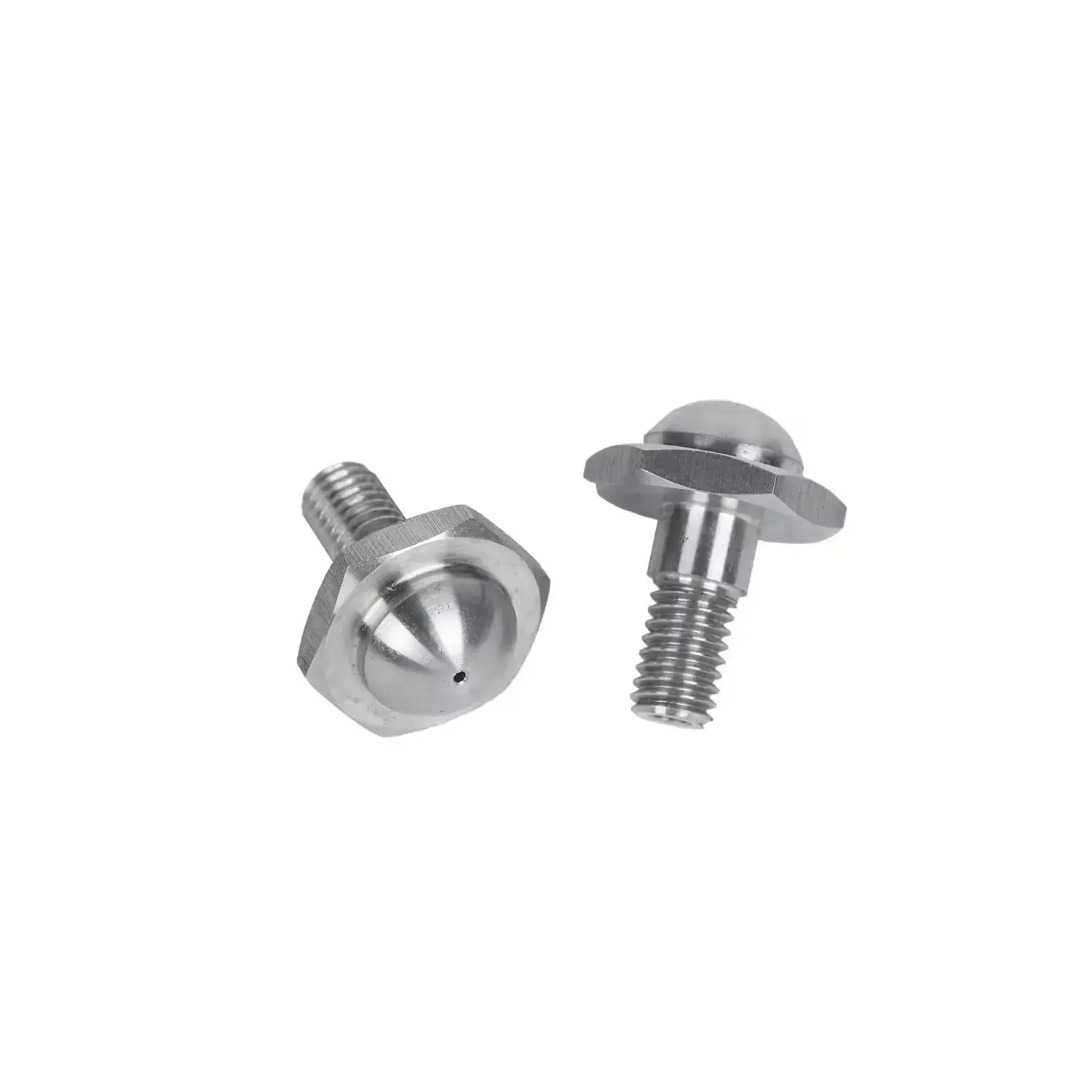Cost-Effectiveness of CNC Milling Stainless Steel Parts for Manufacturing
Casewell Aerospace, a leading manufacturer of precision aerospace components, relies on CNC milling to produce intricate parts with unparalleled precision and durability. By leveraging CNC technology, Casewell has not only enhanced product quality but also reduced waste and production costs.
Stainless steel, with its remarkable properties of strength, durability, and corrosion resistance, is a prime material for precision components. CNC milling is the ideal process for these requirements, offering unparalleled control and accuracy.
Let's delve into how CNC milling stands out in the manufacturing of stainless steel parts.
Understanding CNC Milling with Stainless Steel Parts
CNC (Computer Numerical Control) milling is a sophisticated manufacturing process that allows for precise cutting and shaping of materials using a CNC machine. These machines are equipped with advanced software that guides the cutting tools through predetermined paths, ensuring consistent and accurate results. CNC milling excels in handling the complexities of stainless steel by:
- Precision: Ensuring parts meet exact specifications with minimal deviation.
- Consistency: Maintaining consistent quality across multiple production runs.
- Complex Geometries: Accommodating intricate designs and shapes that traditional methods cannot achieve.

Cost Analysis: Comparing CNC Milling with Other Manufacturing Methods
CNC milling stands out in terms of cost-effectiveness when compared to alternative manufacturing methods. Traditional methods like laser cutting and forging have their own drawbacks:
- Laser Cutting: While effective for sheet metal, laser cutting lacks the precision needed for intricate 3D parts. It is less suitable for parts that require high surface finish and complex shapes.
- Forging: Forging is labor-intensive and not well-suited for large-scale production runs. It also consumes more energy and raw materials, leading to higher costs.
CNC milling offers significant cost savings, particularly in terms of material waste and labor costs. A report found that CNC milling can reduce material waste by up to 40% and labor costs by 30%. For example, a medical device manufacturer using CNC milling for stainless steel parts found that the process reduced scrap from 10% in traditional methods to only 2% through CNC milling. Additionally, the investment in CNC machinery is often offset by increased production rates and reduced lead times, making CNC milling a highly cost-effective choice.
Quality Assurance: Ensuring Precision and Durability
Quality control is essential in CNC milling, especially for materials like stainless steel, where precision and consistency are critical. CNC milling excels in providing:
- Repeatability: Ensuring that each part meets exacting specifications.
- Consistency: Maintaining high-quality standards across multiple production runs.
- Advanced Controls: Using sophisticated CNC controls and automation to minimize human error.
In industries like aerospace and medical, the stringent quality standards make CNC milling indispensable. For example, CNC milling has enabled the production of high-performance parts with minimal flaws, reducing the risk of catastrophic failures. A medical device manufacturer reports that the use of CNC milling for stainless steel components has led to a 99.9% conforming rate, up from 95% using traditional methods.
Technological Advancements: Improving Efficiency and Reducing Costs
Recent technological advancements in CNC milling are transforming the manufacturing landscape. Integrations like 5-axis CNC machining allow for the production of complex 3D parts, expanding the range of applications. Additionally, the use of AI-driven systems enhances predictive maintenance and process optimization.
For instance, companies like Siemens offer the T Series of CNC milling machines, which integrate advanced technologies such as AI, machine learning, and IoT (Internet of Things). These systems enable real-time monitoring and adjustment, optimizing tool paths and reducing errors. A leading aerospace company conducted a case study showing that these advancements led to a 15% reduction in production time and a 20% decrease in labor costs.
Environmental Considerations: Sustainability in CNC Milling
The environmental impact of manufacturing processes cannot be overlooked. Stainless steel production is energy-intensive and emits significant greenhouse gases. However, CNC milling offers opportunities to reduce this impact by optimizing material usage and reducing energy consumption.
For example, recycling metal shavings from CNC milling processes can reduce waste. Additionally, energy-efficient CNC machines equipped with advanced controls can minimize energy consumption. A study found that a leading automotive manufacturer now generates 30% less carbon emissions with their CNC milling operations compared to traditional methods.
Future Prospects: Trends in CNC Milling for Stainless Steel
The future of CNC milling in manufacturing is promising. Emerging trends like 5-axis CNC machining are expanding the capabilities of these machines, enabling the production of complex 3D parts. Moreover, the integration of AI and machine learning in CNC controls promises to improve predictive maintenance and process optimization.
For instance, by 2030, the integration of AI in CNC milling could lead to fully autonomous machining processes. This not only promises to reduce labor costs further but also ensures consistent quality and performance. Forward-thinking manufacturers can anticipate continued cost reductions and efficiency gains, positioning CNC milling at the forefront of future manufacturing.
Engaging Conclusion
CNC milling stands out as a cost-effective and efficient method for producing high-quality stainless steel parts. Through precision, consistency, and advanced technological integrations, CNC milling addresses the challenges posed by stainless steel's unique properties. While initial investments in technology are necessary, the long-term benefits in cost savings and operational efficiency make CNC milling a vital tool in modern manufacturing.
As technology continues to advance, CNC milling's role in sustainable and innovative manufacturing will only grow. This ensures its relevance in the evolving industry landscape. Whether you're in aerospace, medical, or any other precision manufacturing sector, CNC milling is a game-changer worth considering.
